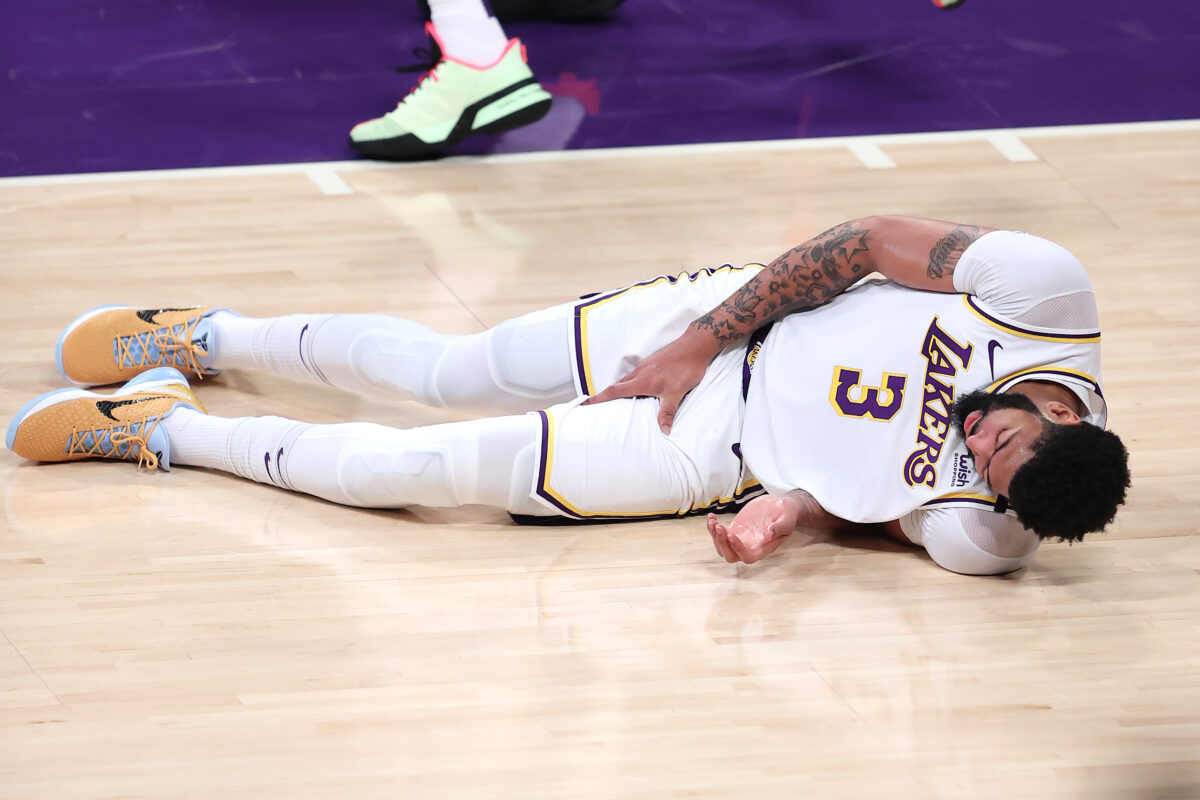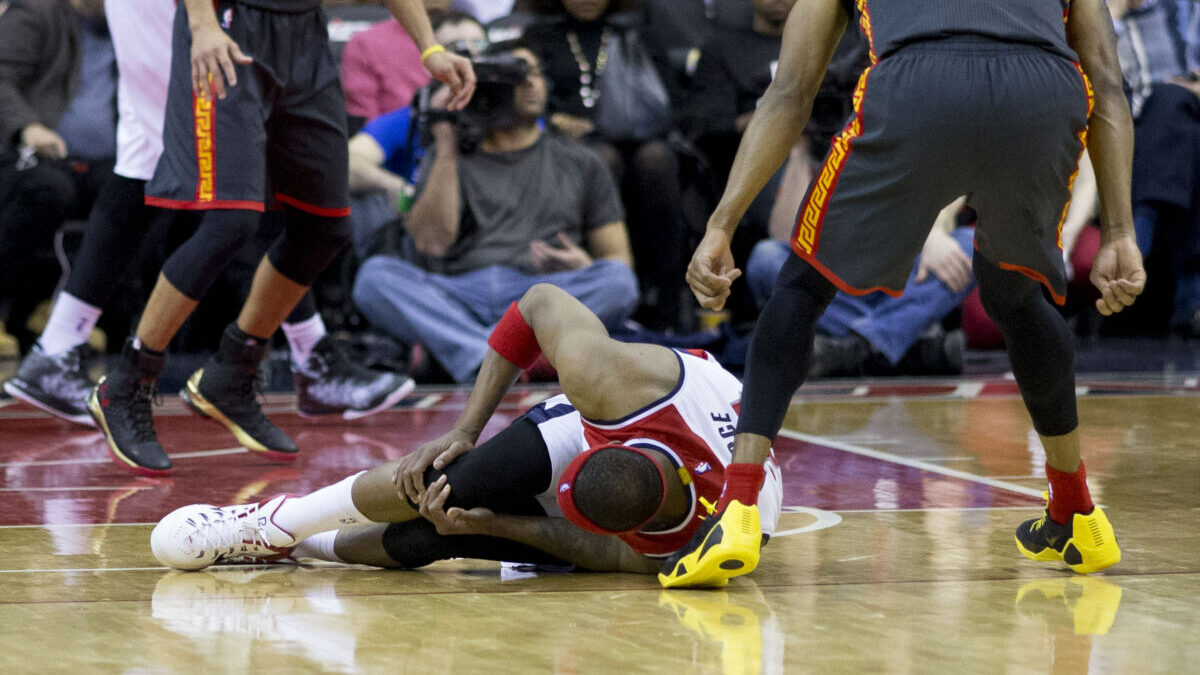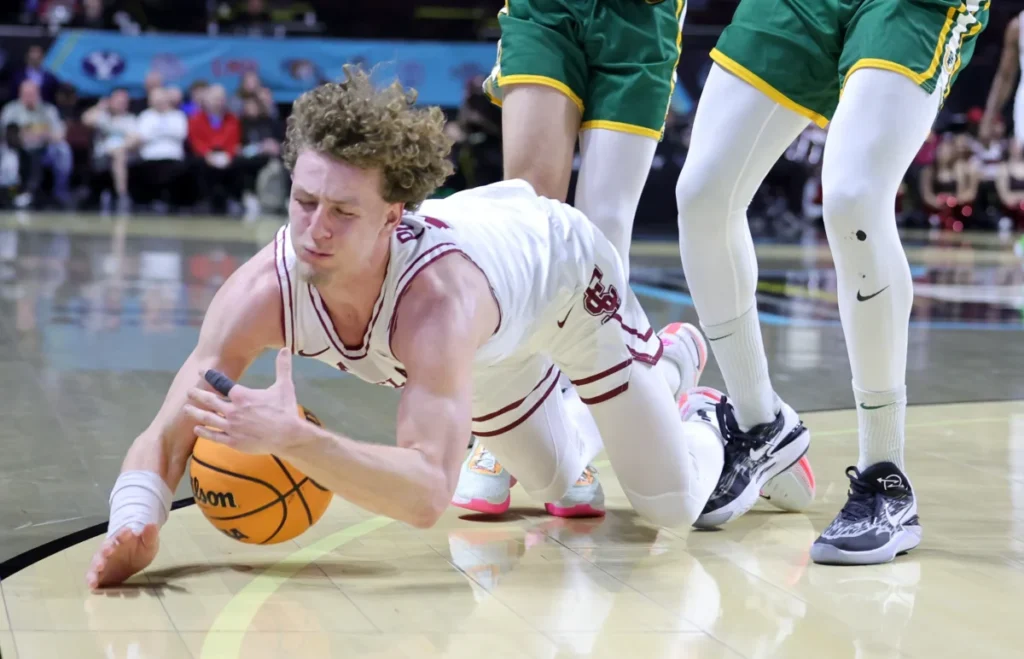
The NBA, known for its high-flying dunks and intense matchups, is also notorious for the injuries its players sustain. With the physical demands of playing the sport, injuries are inevitable. But what happens to a player’s paycheck when they’re sidelined? Do they still earn their millions while recovering? Let’s delve into the intricacies of NBA contracts and the provisions they have for injured players.
Guaranteed Contracts and Player Salaries
In the NBA, the concept of guaranteed contracts ensures that players are compensated regardless of their playing status. This guarantee is a result of the collective efforts of the National Basketball Players Association (NBPA). As members of the NBPA, players are safeguarded by a collective bargaining agreement (CBA) that outlines the terms and conditions of their contracts, including provisions related to injuries.
These CBAs not only ensure that players receive their salaries even when injured but also provide them with specific medical benefits. The collaboration between the NBA and the NBPA ensures that players’ rights and welfare are prioritized, making the league one of the few sports associations globally where players are financially protected against unforeseen injuries.
This system ensures that players don’t rush back from injuries, potentially risking further harm. For instance, during the 2016-17 season, the Philadelphia 76ers spent a whopping $22.6 million on players who were sidelined due to injuries. This included their No. 1 draft pick, Ben Simmons, who suffered a foot fracture even before the season commenced.
The Financial Impact on Teams
Injuries not only affect players but also have a significant financial impact on NBA teams. Teams often invest millions in star players, hoping they will lead the franchise to success. However, injuries can quickly change the dynamics. For example, the Portland Trail Blazers had to deal with injuries to key players like Festus Ezeli and Meyers Leonard, costing them about C$18.2 million in salaries for games those players missed.

On the brighter side, the 2016-17 NBA champions, the Golden State Warriors, paid less than C$1 million to their injured players, showcasing their good fortune in that season. Such disparities highlight the unpredictable nature of sports injuries and their financial implications on teams.
Insurance Policies and Player Injuries
One way NBA teams mitigate the financial risks associated with player injuries is through insurance policies. These policies are designed to cover a portion of a player’s salary if they miss a significant number of games due to injury. Typically, after an NBA player has missed around 41 games (half the regular season), the insurance policy kicks in, covering about 80% of the player’s salary.
However, not all player contracts are insured. High-risk players, those with a history of injuries, might not be covered, leaving the NBA team to bear the full financial burden. For instance, the Brooklyn Nets had to pay Deron Williams’ full salary without insurance assistance when he was sidelined due to injuries.
The “Stretch Provision” and Salary Cap Implications
The NBA’s “stretch provision” is another tool teams use to manage the financial implications of injured players. If a player is waived using the stretch provision, their remaining salary is spread out over several years, reducing the immediate cap hit for the team. This provision allows teams more flexibility in managing their salary cap, especially when dealing with long-term injuries.
For instance, when a player has a career-ending injury, teams can use the stretch provision to ensure they aren’t hamstrung by that player’s NBA contract for years to come. It’s a strategic move that balances financial prudence with team-building objectives.
The Human Aspect: Player Morale and Team Dynamics
Beyond the financial implications, injuries have a profound impact on player morale and team dynamics. An injured player, especially a star player, can significantly affect a team’s performance and playoff chances. Moreover, players often face emotional and psychological challenges during their recovery. The uncertainty of returning to peak performance, the fear of re-injury, and the pressure to meet contractual obligations can weigh heavily on players.

Teams of professional athletes often employ sports psychologists and provide support systems to help players cope. The camaraderie among teammates also plays a crucial role in an injured player’s recovery journey. Celebrated comebacks, like that of Paul George after his gruesome leg injury, are as much a testament to mental fortitude as they are to physical rehabilitation.
The Role of Medical Staff and Rehabilitation
The NBA’s medical teams play a pivotal role in ensuring players return to the court in optimal condition. These professionals, ranging from orthopedic surgeons to physiotherapists, work tirelessly behind the scenes. Their primary goal is not just to treat the injury but also to strengthen the player’s body to prevent future injuries.
Modern rehabilitation techniques, combined with state-of-the-art facilities, ensure that players have the best chance of making a full recovery. The medical team’s expertise is crucial, especially when determining if a player is fit to return, ensuring they don’t rush back and risk further injury.
Notable Comebacks and Inspirational Stories
The NBA has witnessed numerous inspirational comeback stories. Derrick Rose, once an MVP, faced multiple knee injuries that threatened to derail his career. However, with sheer determination and rigorous rehabilitation, he managed to return to the court and even scored a career-high 50 points in a game for the Minnesota Timberwolves, an emotional moment that resonated with fans worldwide.
Gordon Hayward had 31 points, nine rebounds, and five assists to lead the @celtics to an OT win over the Magic.
— Justin Kubatko (@jkubatko) August 10, 2020
Hayward is making a nice comeback two seasons after his horrific leg injury:
✅ 17.5 PPG
✅ 6.7 RPG*
✅ 4.1 APG
✅ 50.1 FG%*
✅ 38.0 3P%
✅ 86.0 FT%*
* career high pic.twitter.com/HDKJgjK0DA
Another notable comeback is that of Gordon Hayward, who suffered a horrific ankle injury in his first game for the Boston Celtics. After a year of intense rehab, he returned to the court, proving that with resilience and the right support, players and athletes can overcome even the most daunting challenges.
Final Thoughts
Injuries, while unfortunate, are an integral part of the NBA. The league, teams, and players have developed systems and strategies to manage the financial, physical, and emotional challenges that come with them. From insurance policies to advanced medical care, the NBA ecosystem ensures that players are well taken care of during these trying times.
The stories of recovery, resilience, and determination serve as a testament to the human spirit and the love for the game. While the financial implications of injuries are significant, the league’s commitment to its players’ well-being remains unwavering.
Frequently Asked Questions
Do players get paid while injured?
Yes, NBA players with guaranteed contracts continue to receive their full salary even if they are injured and unable to play. The majority of NBA contracts are guaranteed, ensuring players with basketball contracts are compensated irrespective of injuries.
Do NBA players get paid if they don’t play?
Generally, NBA players with guaranteed contracts receive their salary even if they don’t play. However, if a player chooses not to play without a valid reason, such as a medical or personal issue, they may not receive their salary for the games they miss.
Do NBA players get paid while suspended?
No, suspended players do not receive their salaries for games missed during the duration of their suspension. If a player is ineligible to play, even if they are not injured, they cannot be paid. This holds true for players who choose not to play as well; they don’t receive their salary for the games they miss.
Sources
1. professionalshq.com – Do NBA Players Get Paid When Injured?
2. hoopsaddict.com – Do NBA Players Get Paid When Injured?
3. quora.com – What will happen with the NBA contract if the player gets injured?





